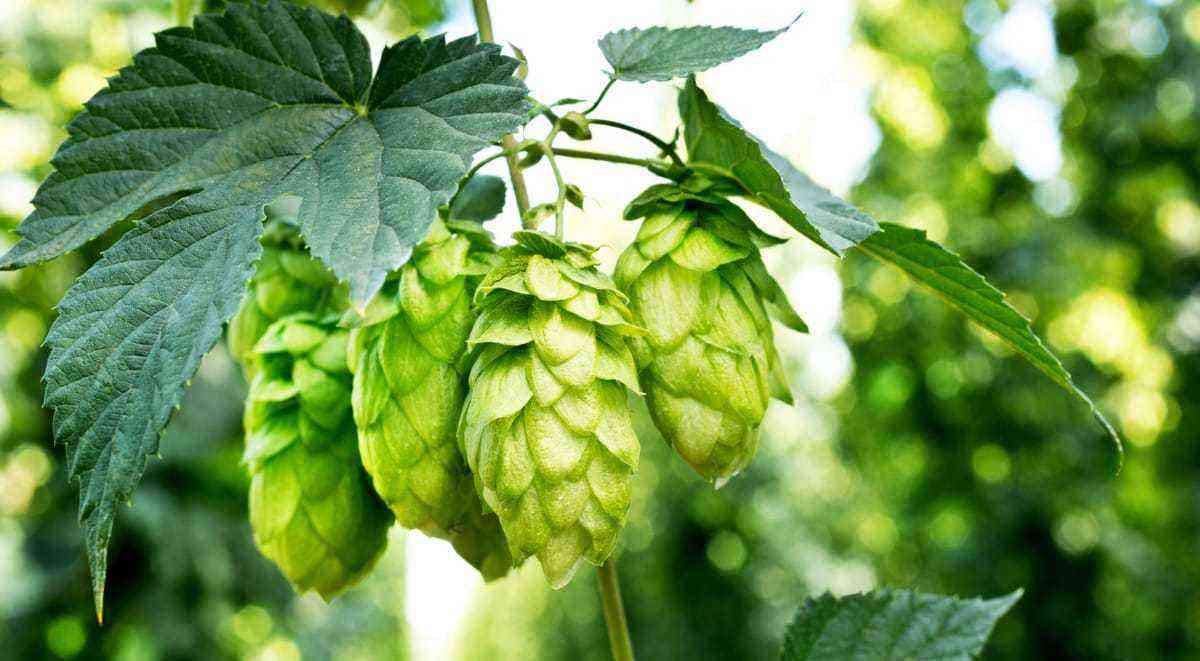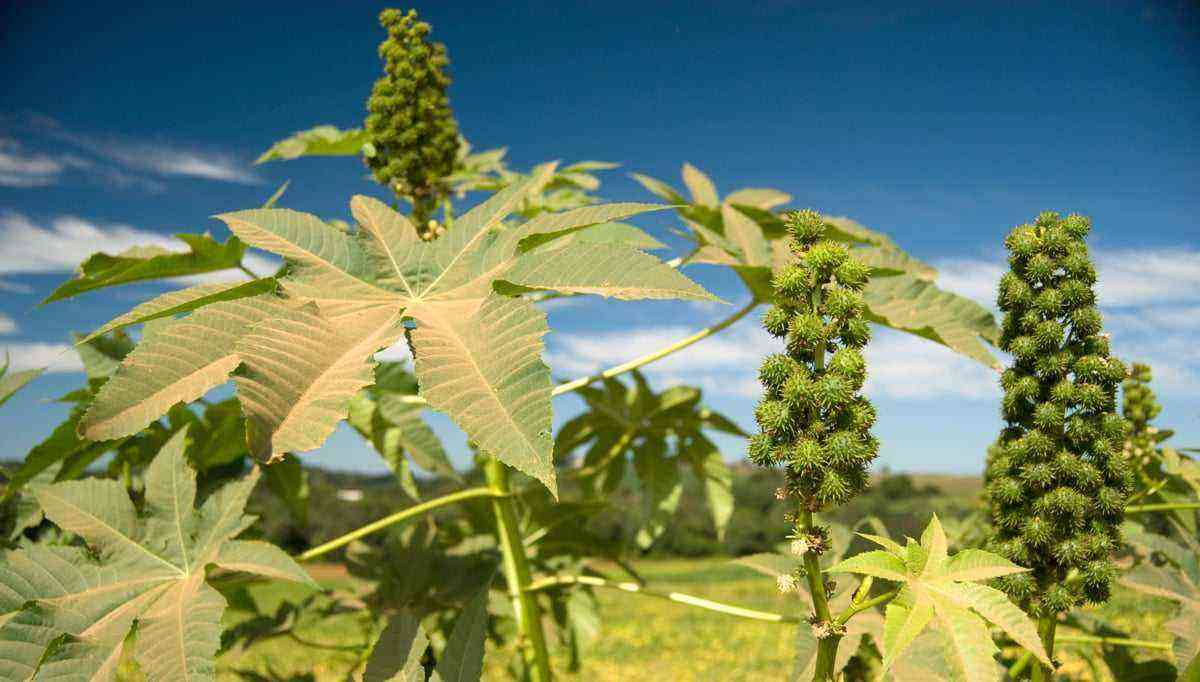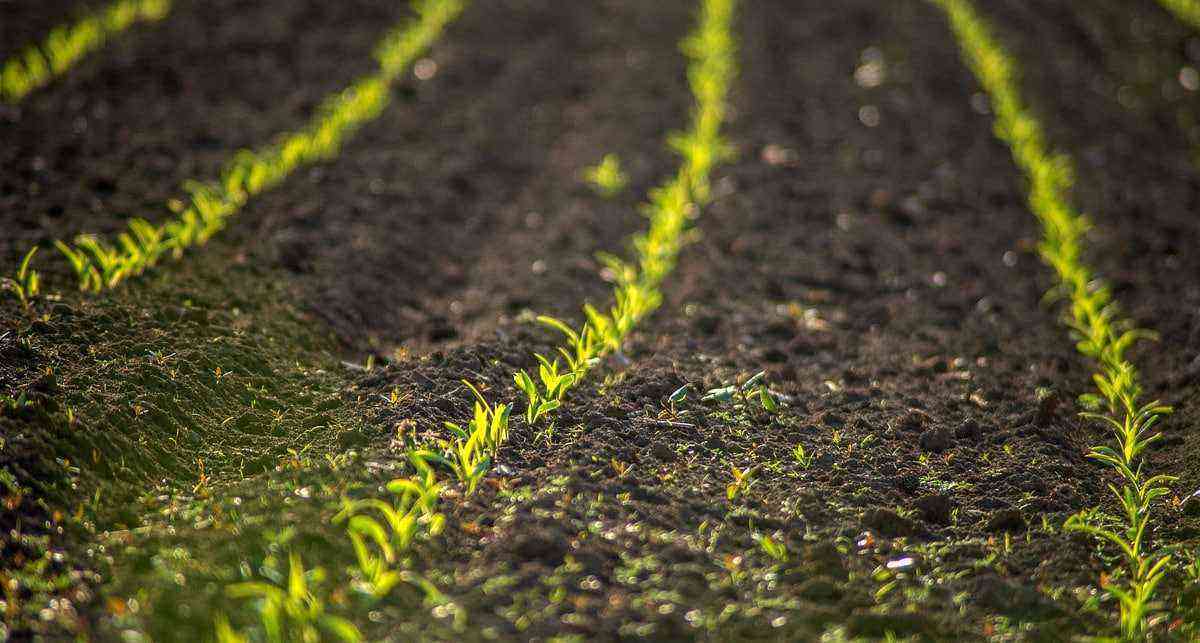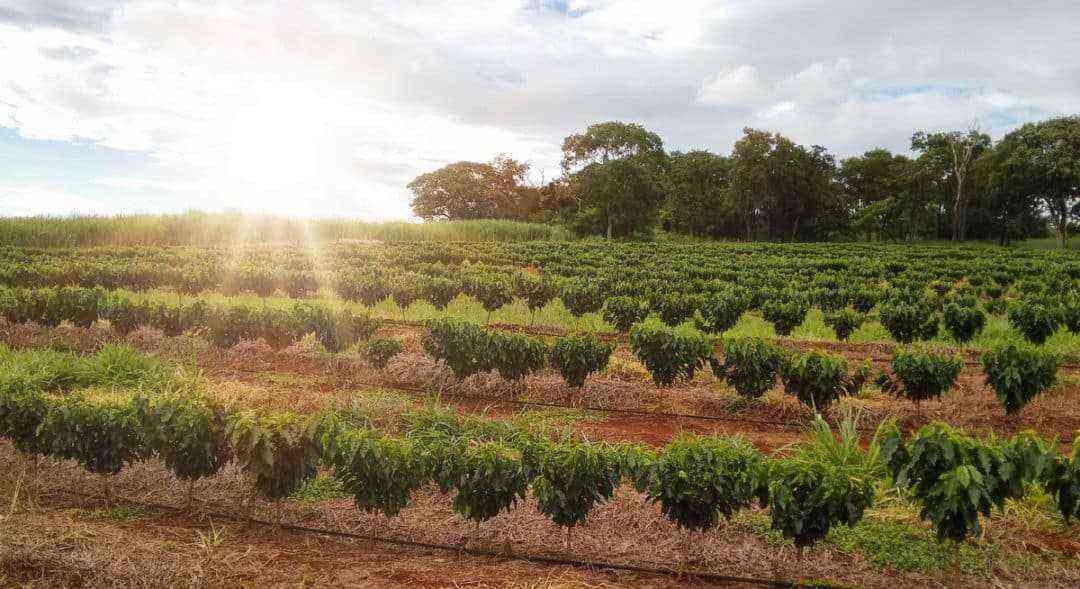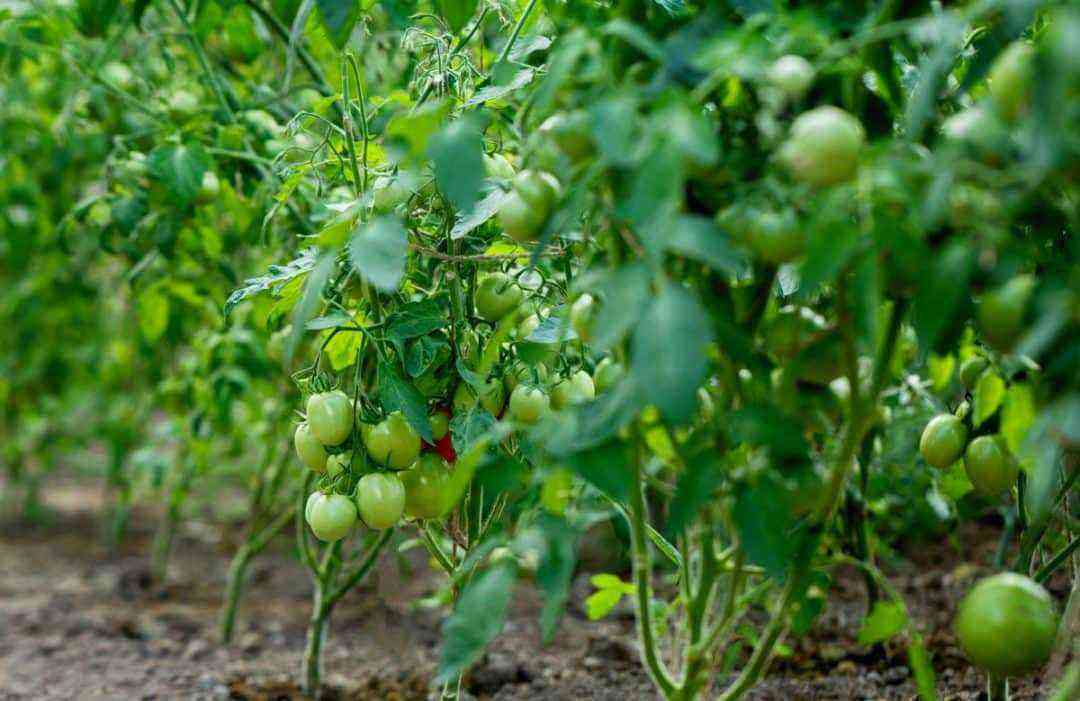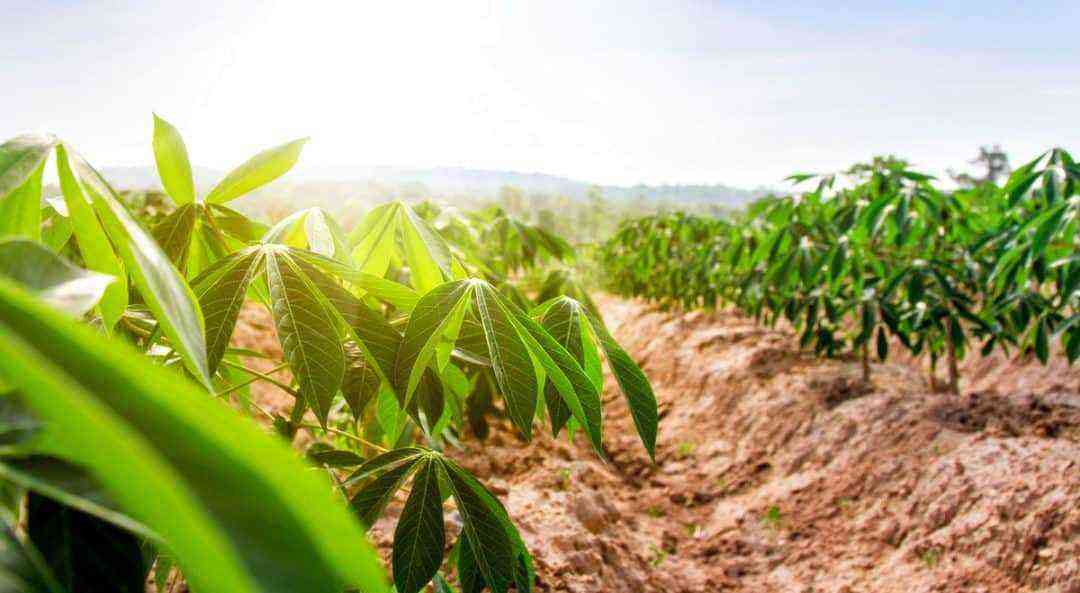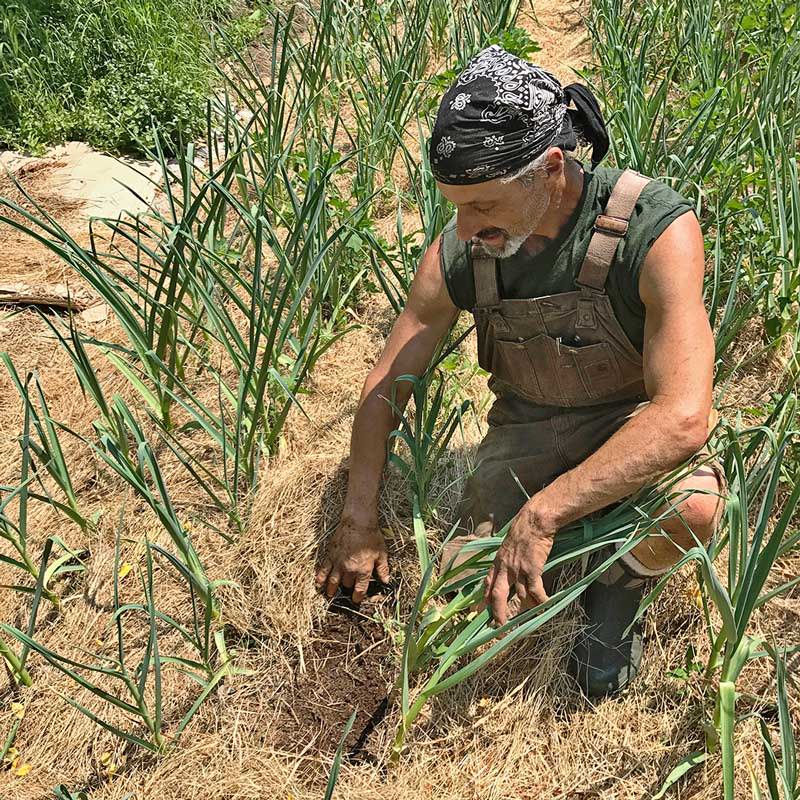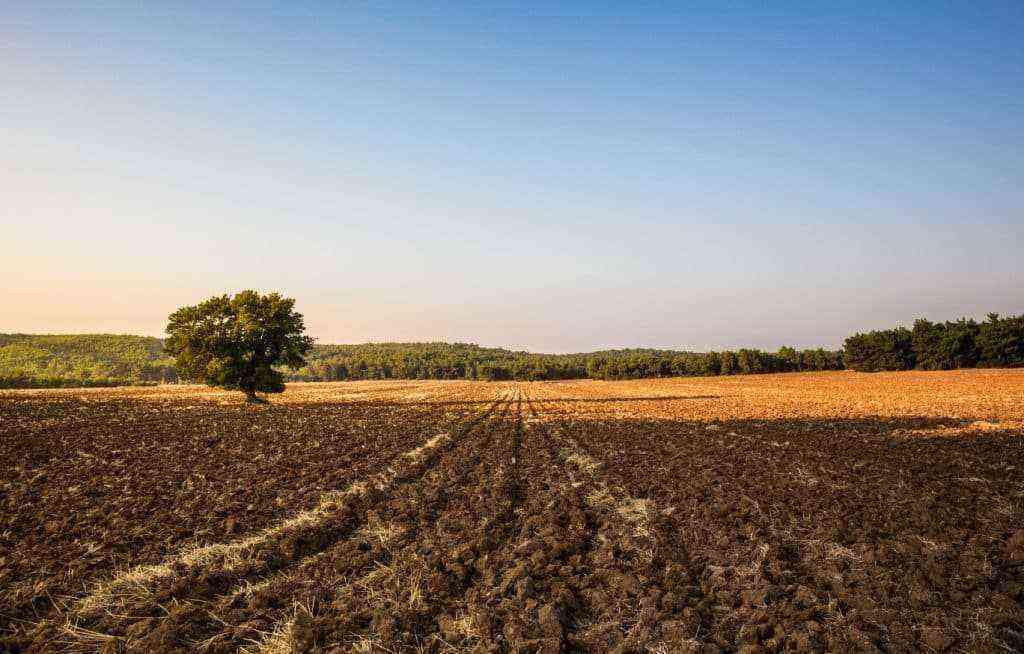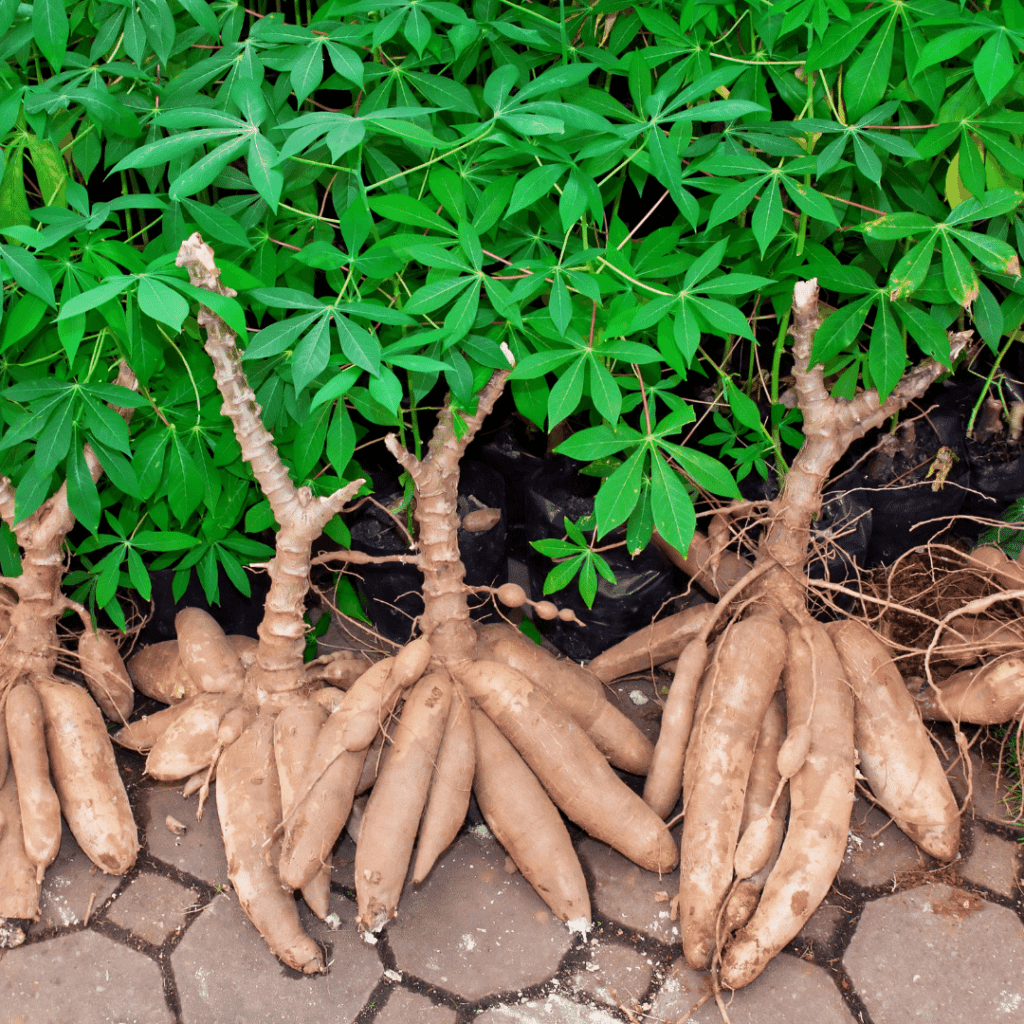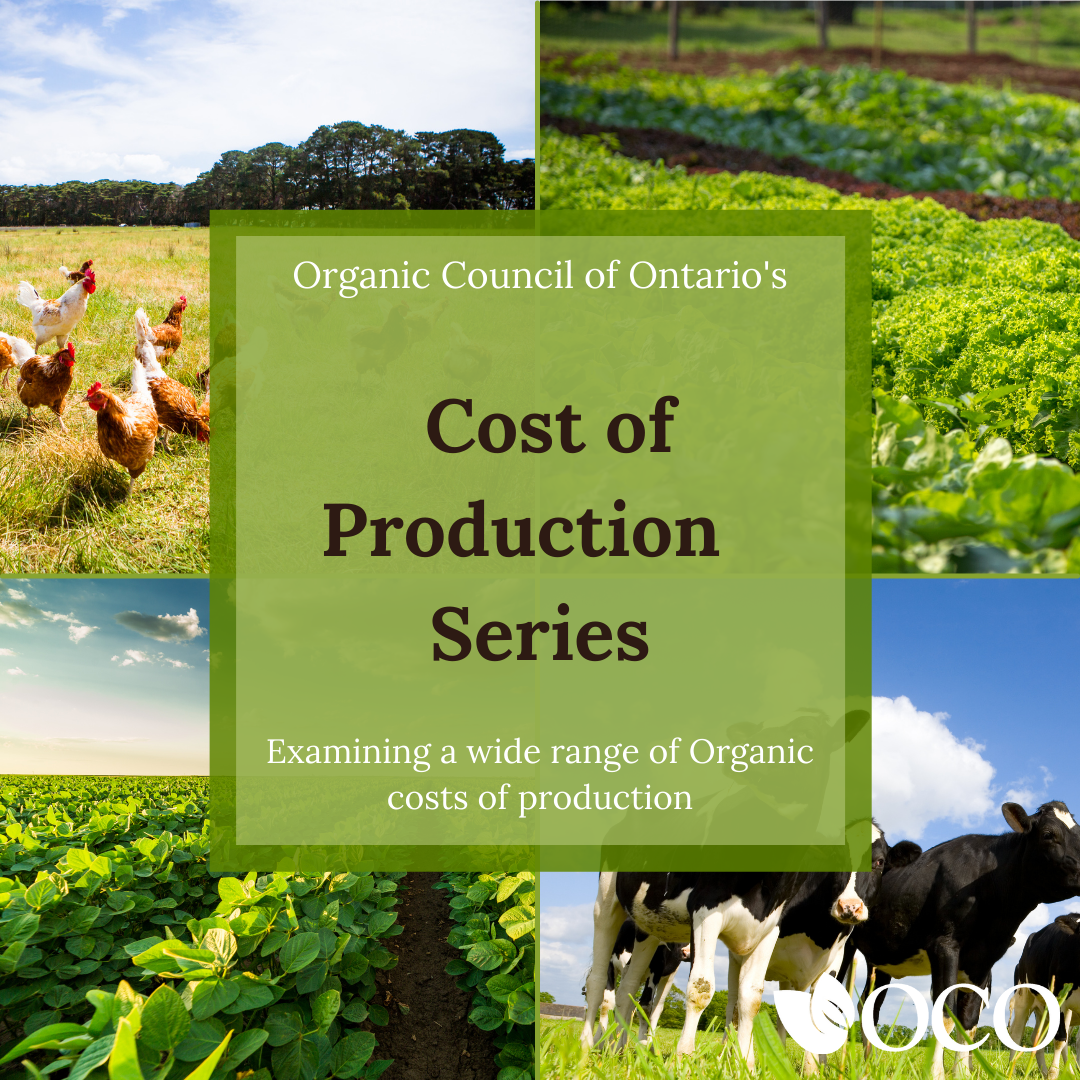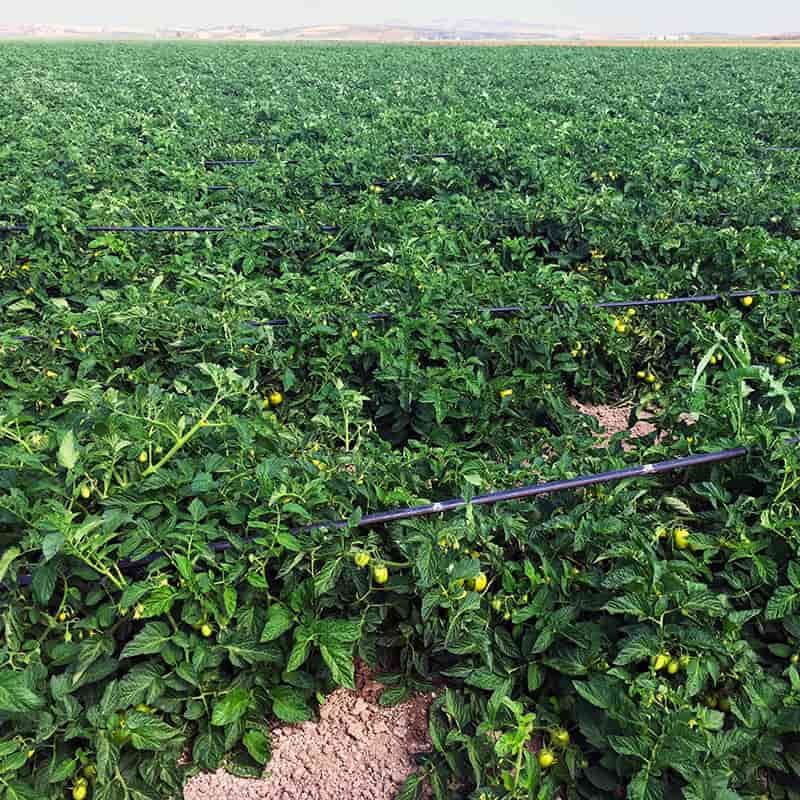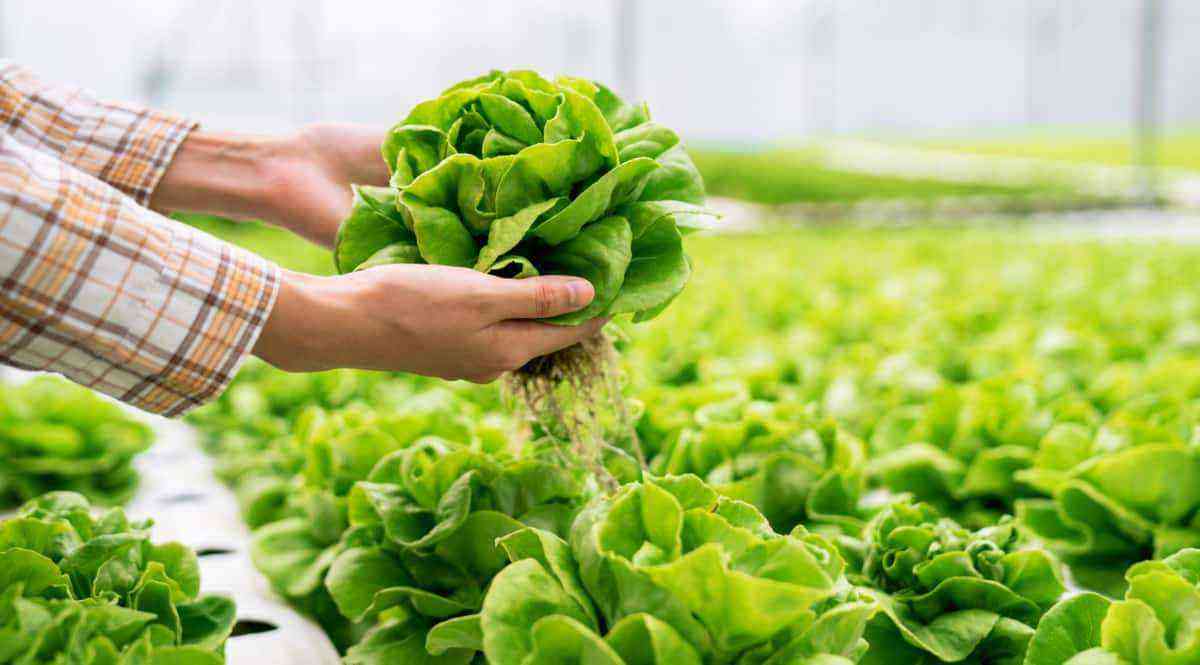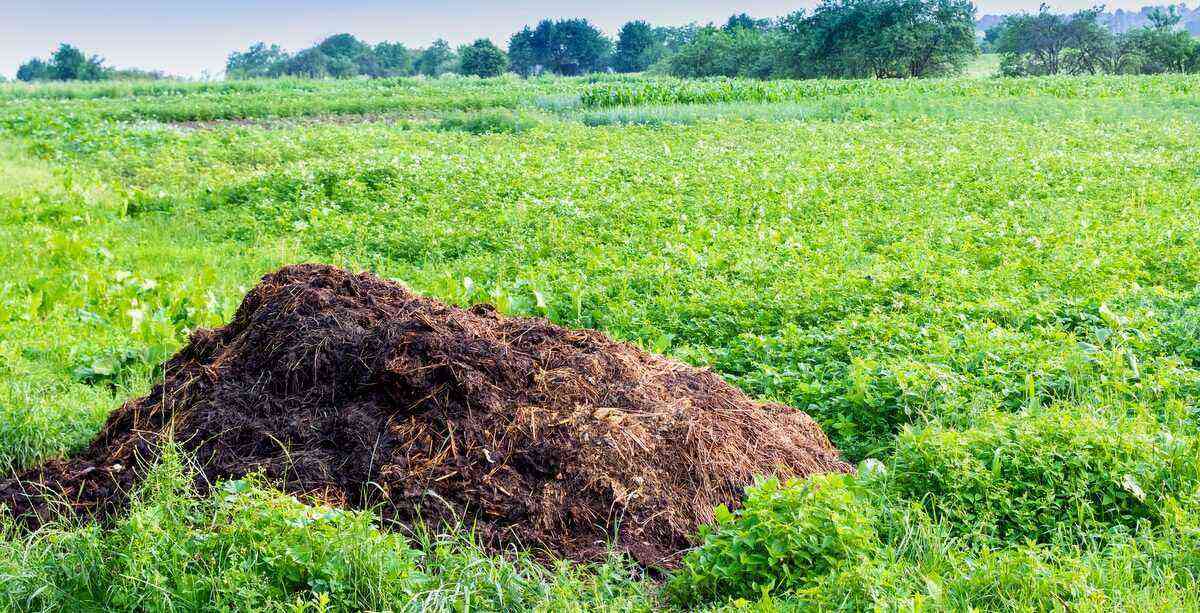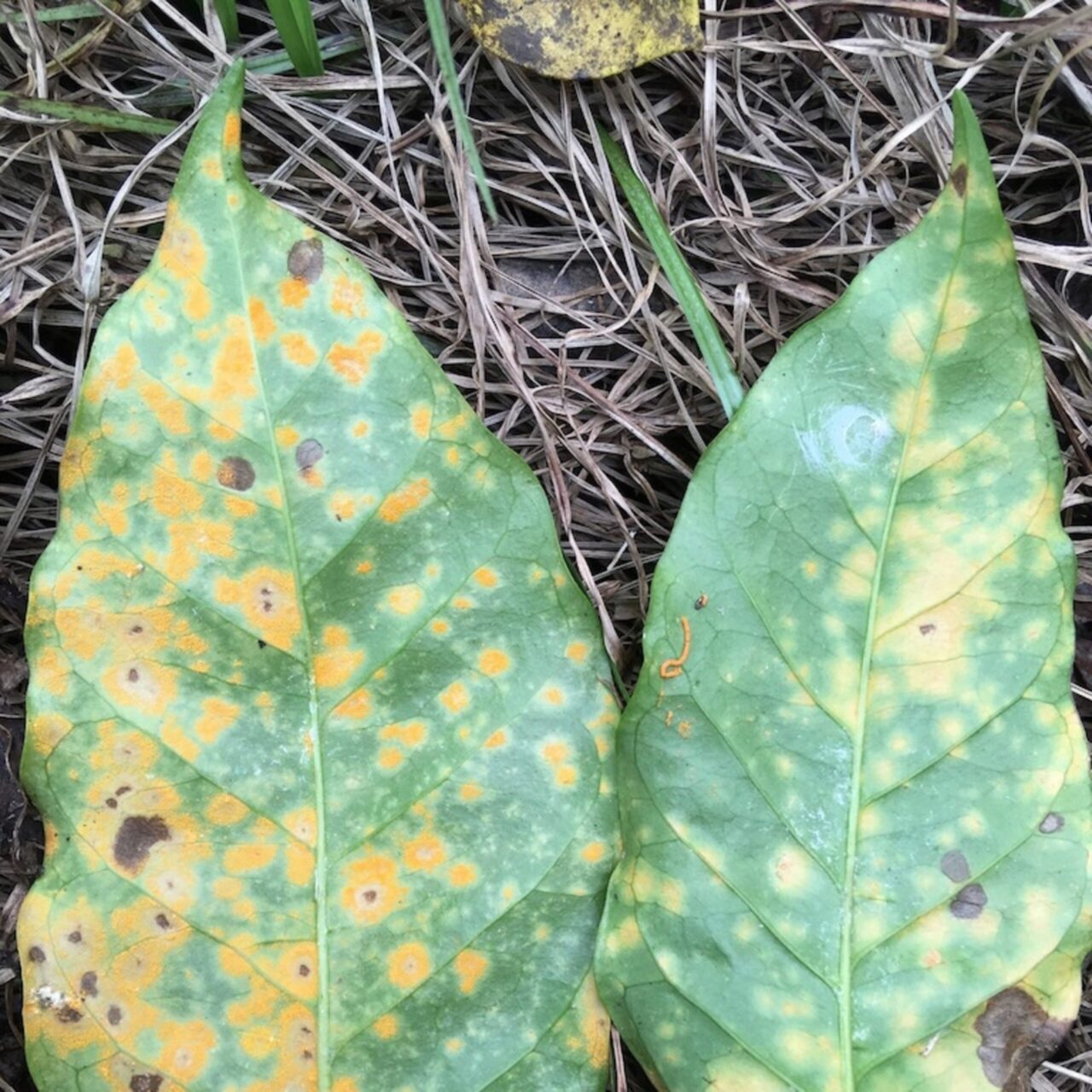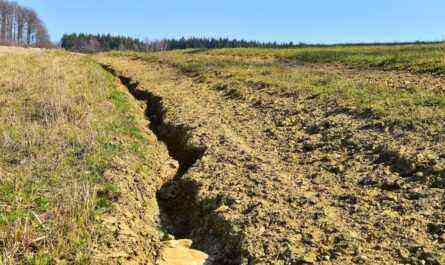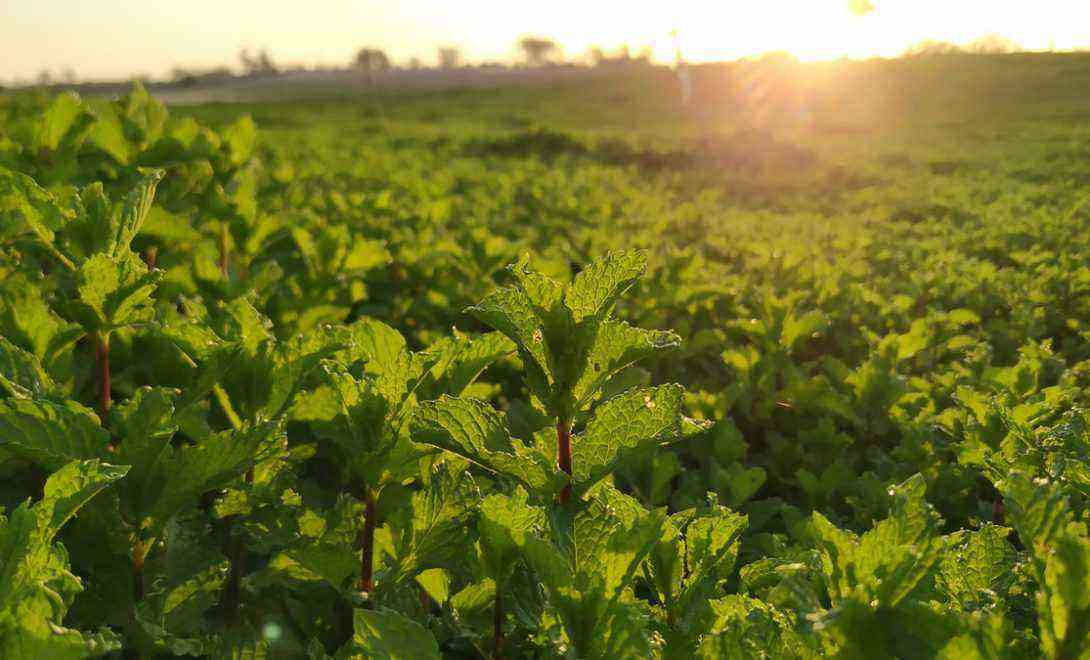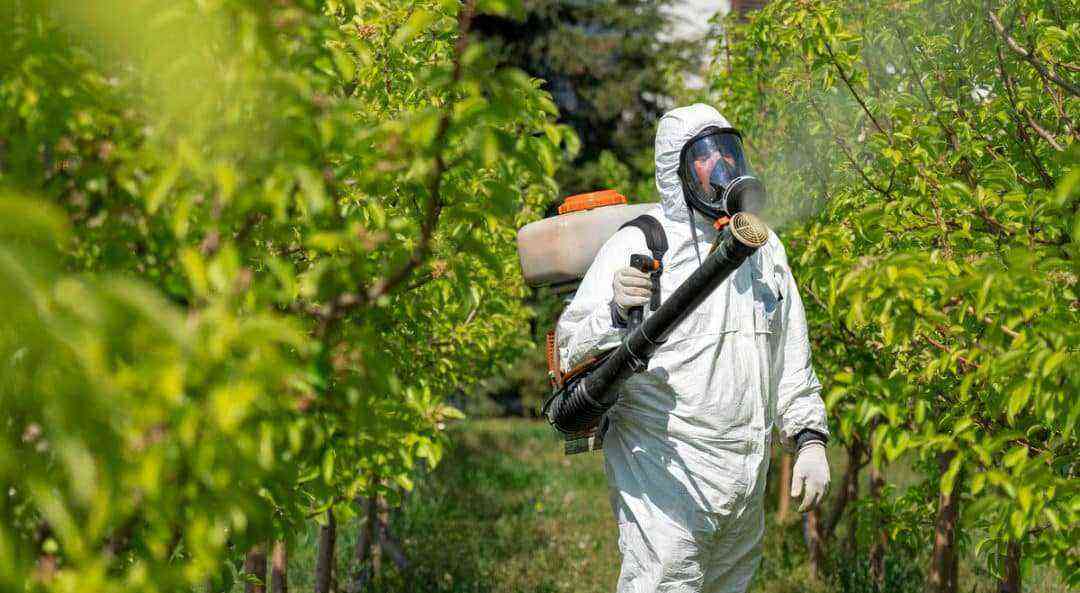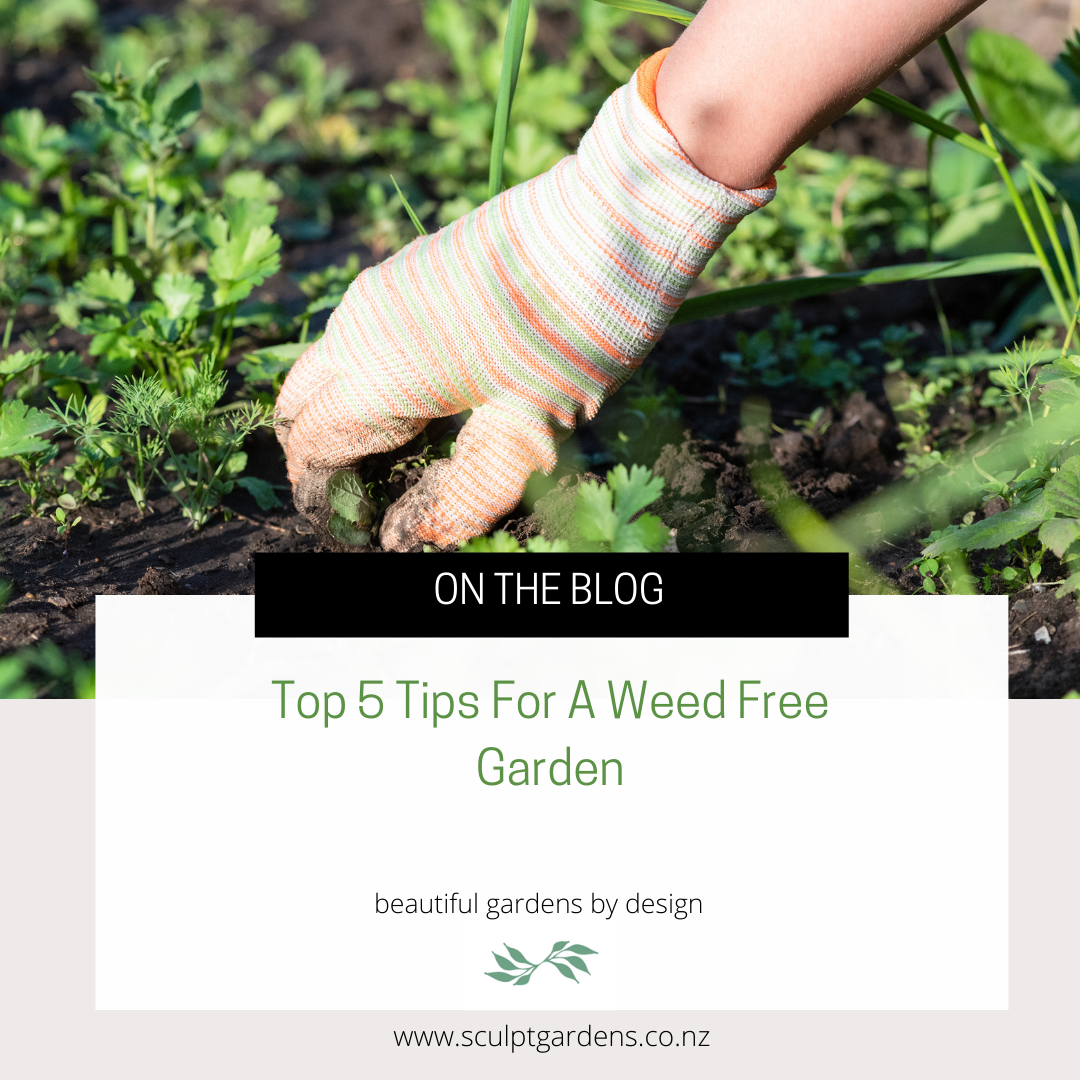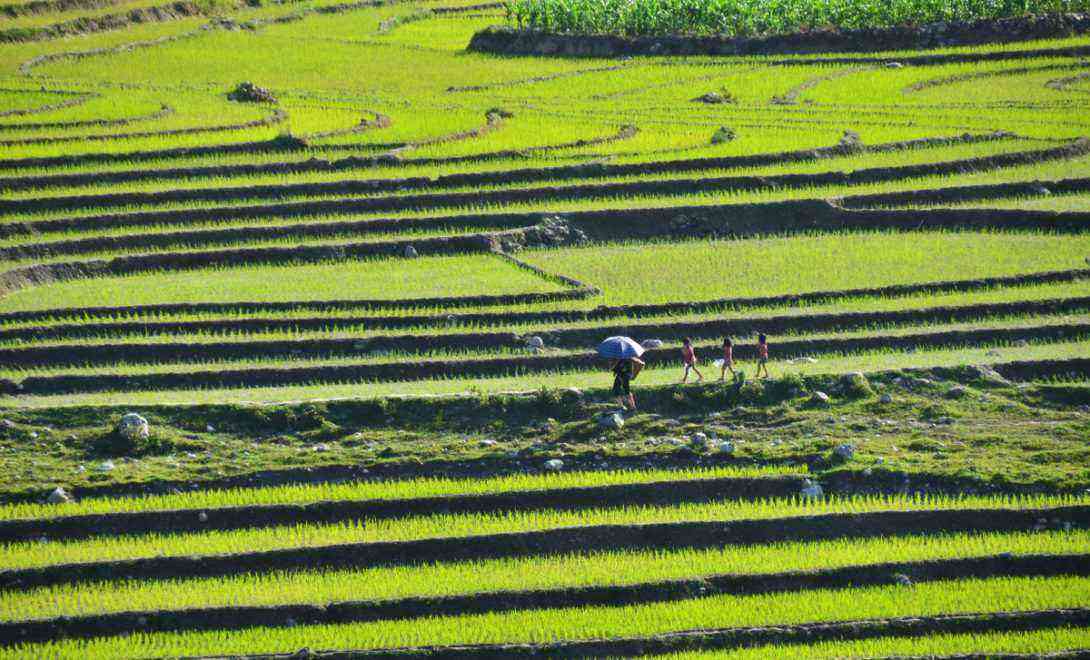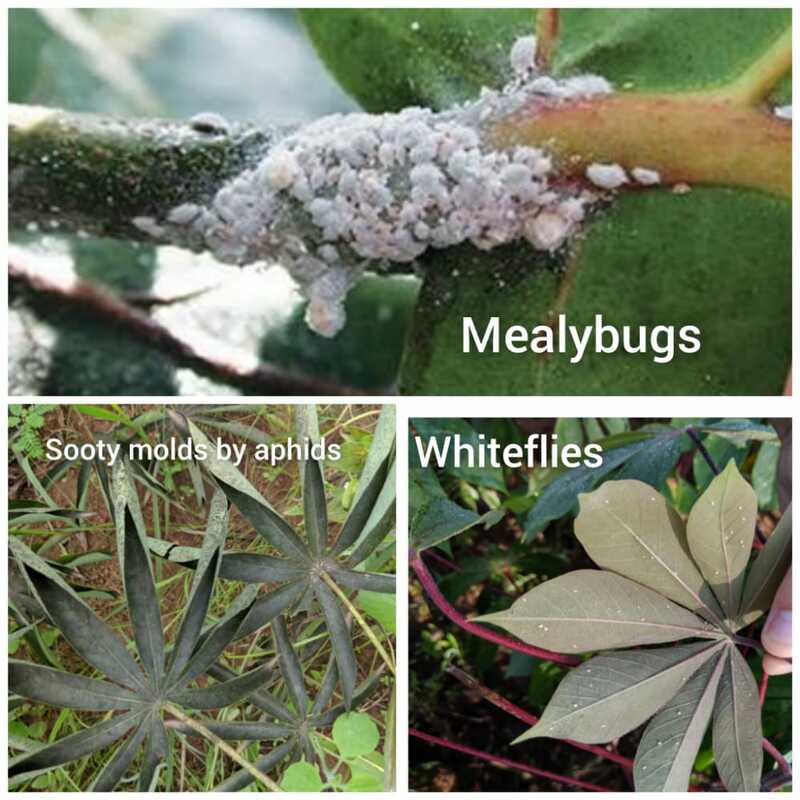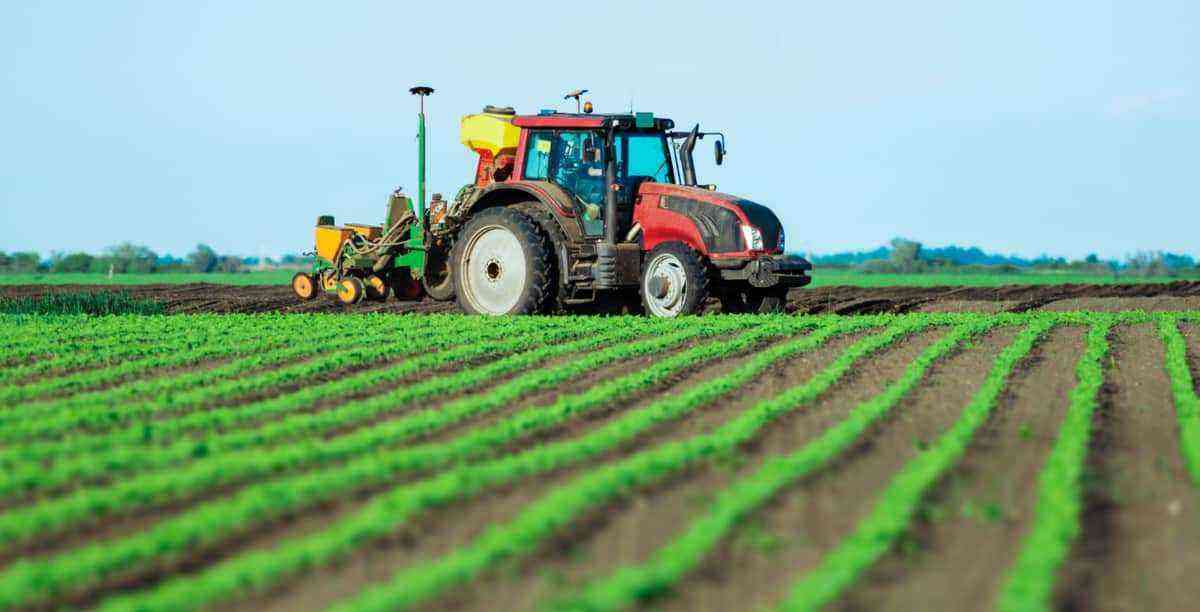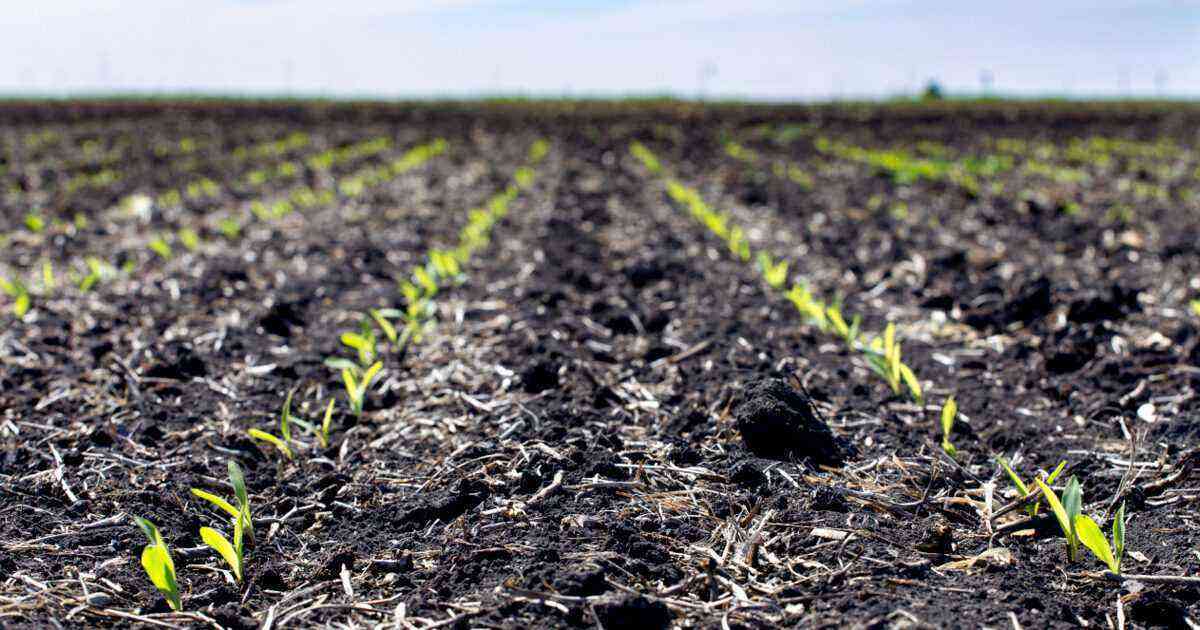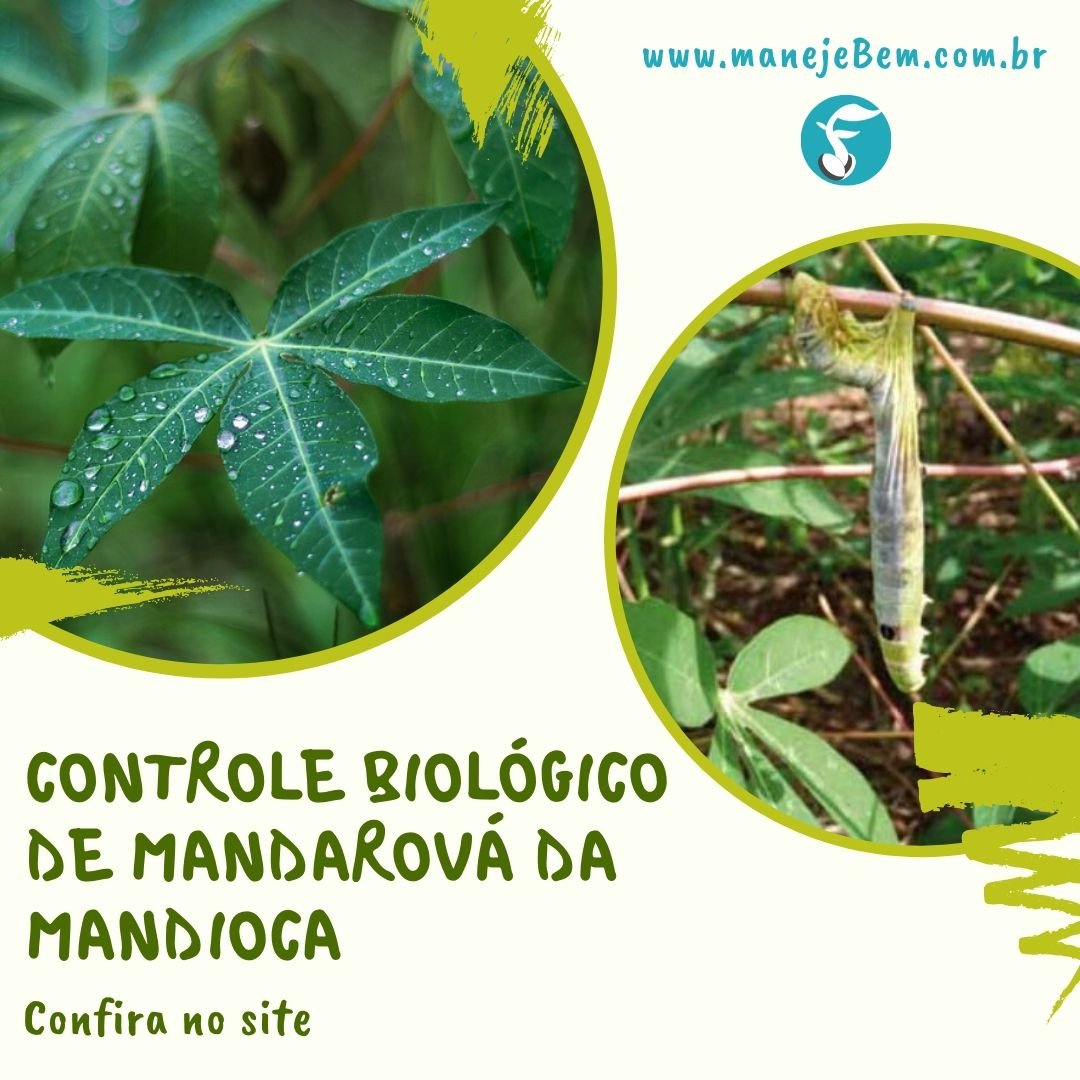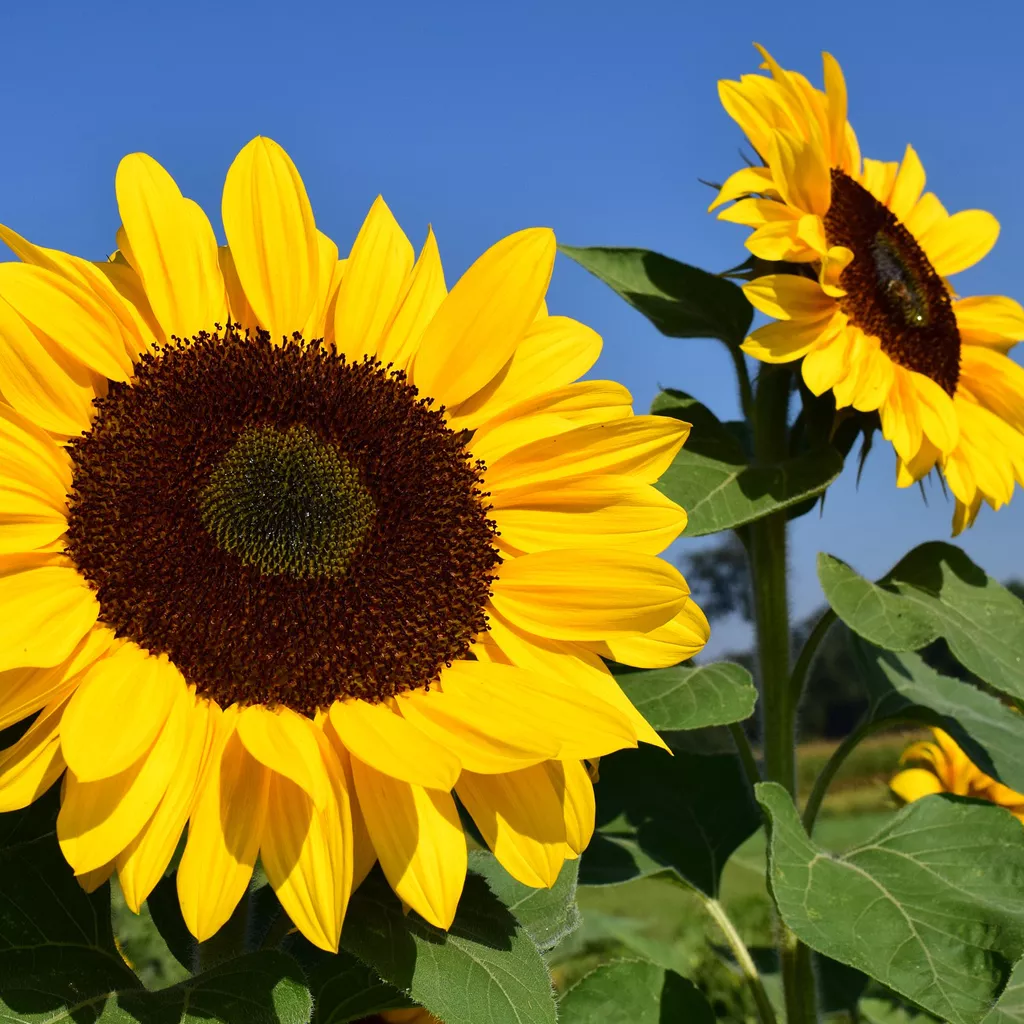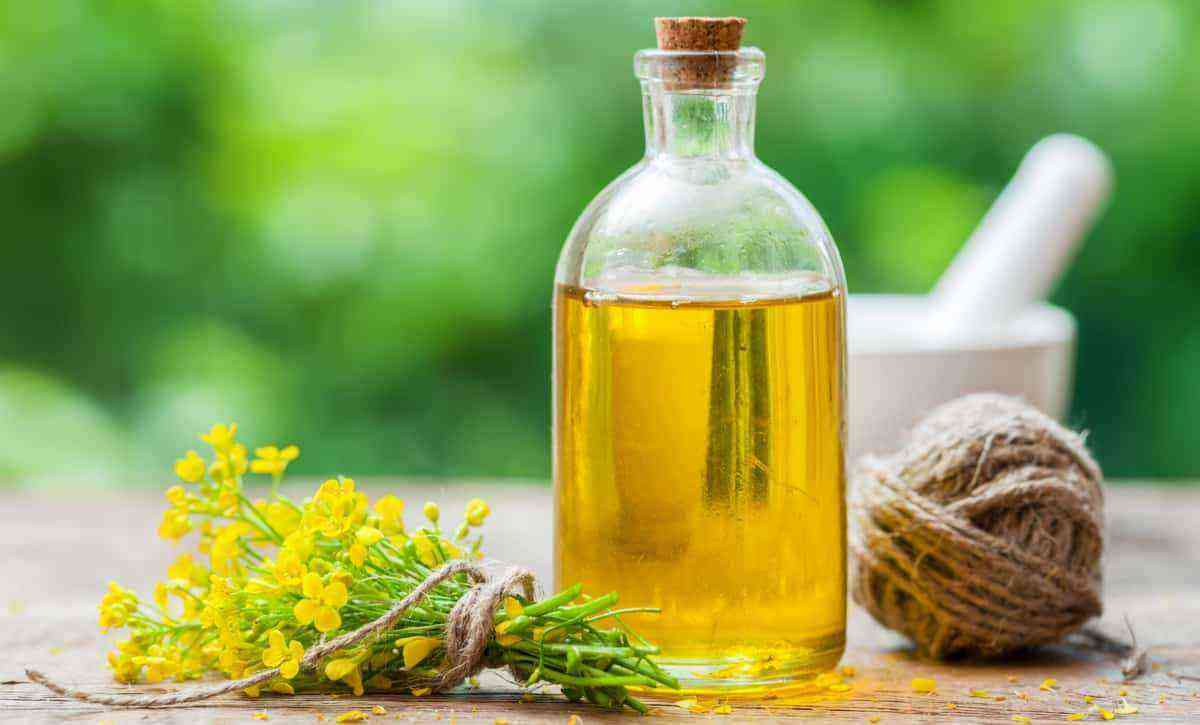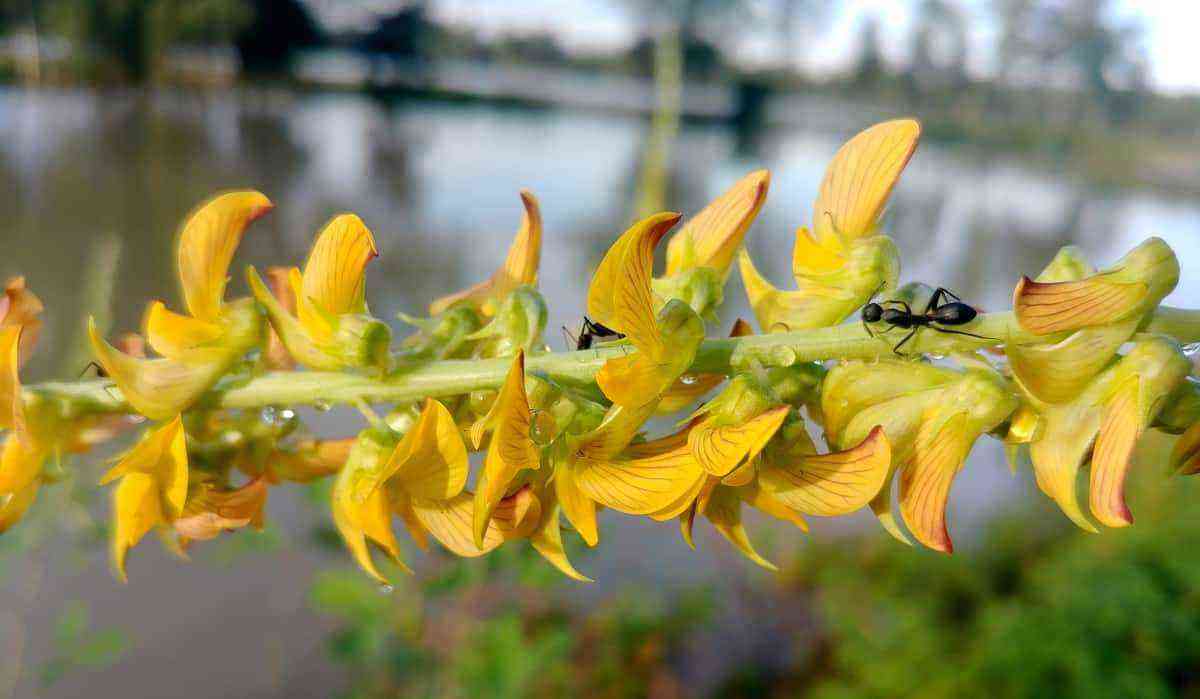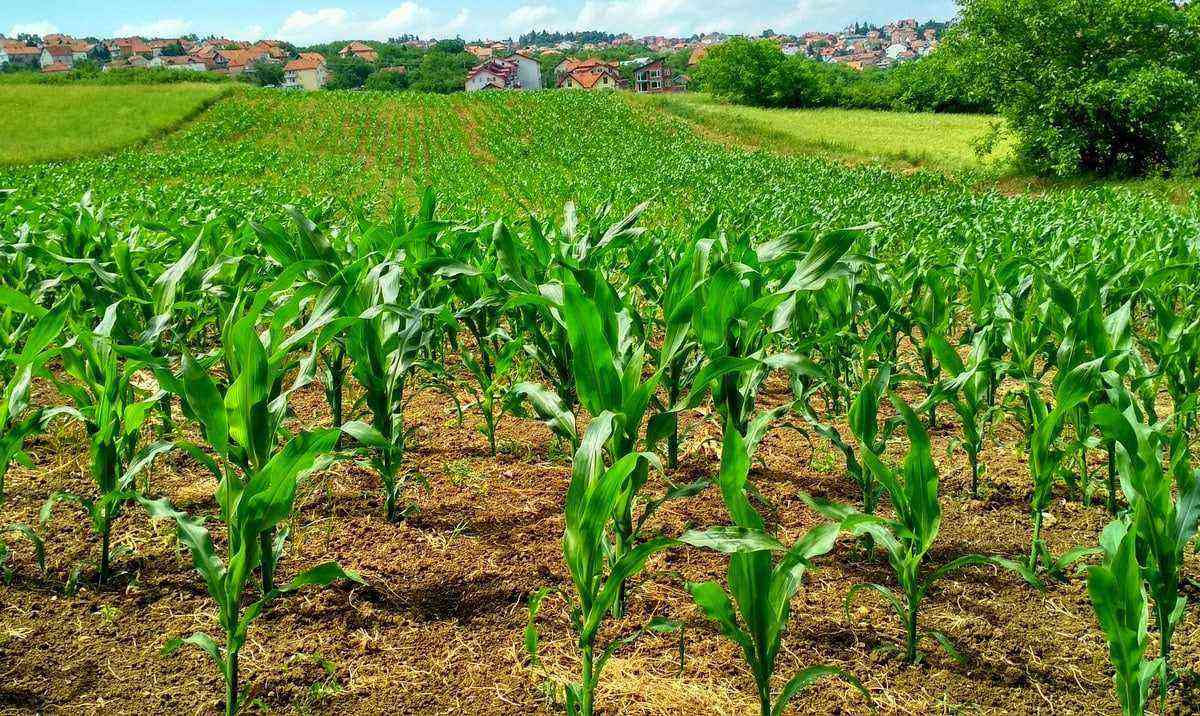The invasive cotton boll weevil (Anthonomus grandis) is the main plague of the Americas, causing losses and damages to the cotton crop. Along with mites, aphids, brown stink bugs and other parasitic insects, the boll weevil is a pest that requires specific care to combat and prevent it in cotton cultivation.
Cotton boll weevil: the pest of crops
The cotton plant-eating insect it is a species of gray beetle, with mandibles to attack and pierce the cotton plant. Small in size, the boll weevil lays its eggs and larvae inside the cotton flower bud, and reproduces quickly, harming the crop of the product.
Therefore, it is essential that the cotton grower knows the most suitable way to guarantee the quality and cultivation of cotton.

The cotton boll weevil lays its eggs and larvae inside the cotton flower bud.
Types of insecticide
When choosing the correct insecticide, the rural producer must prioritize the active principles that fight the pest without losing its prolonged residual power. That is, opting for products that offer the best cost-benefit for your culture.
The chemistry is based on promoting the shock against the insect, resulting in free and healthy plantations, without harming the integrity of the cotton.
Turnover of chemicals used
After choosing the insecticide, the cotton grower cannot fail to consider the rotation of the products used to combat the pest. This must happen so that the beetle does not build up resistance to the sprayed chemical, preventing the unrestrained growth and reproduction of the beetle. boll weevil in cotton plantation.
The programmed rotation of the insecticide is capable of ending the attacks of the pest, leaving it increasingly weak.
Constant and intelligent control
In addition to the correct handling of insecticides and their rotation, it is essential that the rural producer maintains active monitoring of the plantations.
This procedure ensures that only the required amount of chemical has been sprayed, under the right guidelines and without causing poisoning to the cotton crop.
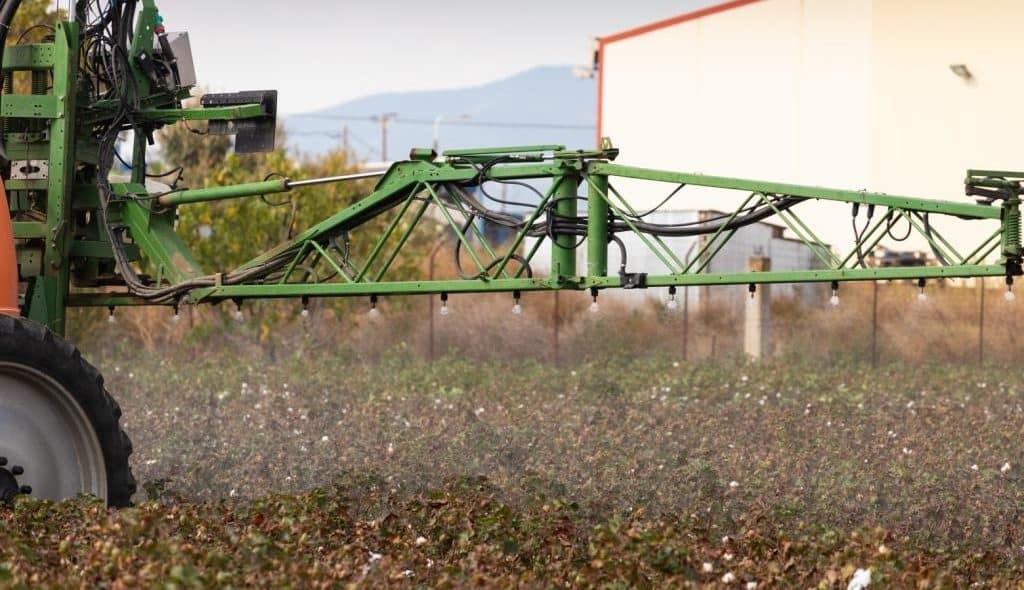
The cotton crop must be monitored constantly for efficient control.
Other Combat Options
Although the manipulation of insecticides seems to be the most effective process for combating the cotton boll weevil pest, there are other ways to end the incidence of the insect in cotton plantations. Some are:
• Volunteer plants: volunteer plants are those that have the power to ward off the pest in question. Although the method is used by some rural producers, the boll weevil can survive around crop residues and continue to attack the plantation;
• Predatory enemies: Breeding predatory enemies is also a viable option for safe cotton cultivation to keep the invading beetle away. Predatory insects are sprayed on the plantation, killing the boll weevil, destroying its larvae, eggs and adult beetles;
• Chemical traps: the chemical trap is a means created to attract the insect and prevent its proliferation, using a kind of repellent that reduces the pest’s ability to reproduce.
As we can analyze, it is extremely important that the rural producer knows all the alternatives to combat the cotton boll weevil pest. To complement your reading on cotton cultivation, check the article on no-tillage, and understand what the farmer should know about the care and advantages of this procedure.

